The four women huddling around their neighbour in an alleyway off Via dei Tribunali, in central Naples, took turns to call an ambulance. “It’s an absolute disaster!” yelled one of them, called Antonietta. “Nobody is responding, we’ve been trying for hours.”
The woman sitting on a chair in the middle of them, with her head bent forward, had a heart problem. Not even taxi drivers were answering the phone. One woman suggested calling the police. “Now do you understand why we’re so angry?” added Antonietta. “Things are so desperate here – Covid is not the only thing that is killing us.”
Emotions are running high as coronavirus rapidly spreads through the southern Italian city and the prospect of another lockdown looms. Giuseppe Conte’s government is working towards new restrictions, expected to be decided on Monday, that could see shutdowns in areas where the virus is escalating.
But for many in Naples, where large numbers of people are employed on precarious contracts or off the books, the fear of poverty is greater than the fear of the virus.
One of the most densely populated cities in Europe, Naples makes up the lion’s share of the infection tally in its surrounding Campania region, where daily cases have increased eightfold in less than a month to 3,669 on Saturday, the second highest in Italy after the badly hit Lombardy region in the north.
Italy coronavirus deaths chart
Thousands took to the streets as a curfew began last Friday after the regional president, Vincenzo De Luca, threatened a complete lockdown unless rules are observed.
The protests, which for the most part have been peaceful, have been gathering momentum since Monday, when bars and restaurants, a mainstay of the city’s economy, were forced to close at 6pm as part of nationwide measures. Cinemas, theatres and gyms have also been closed as the central government scrambles to regain control of the pandemic.
As a result, Naples delicately balances on the precipice of not just a health but an economic disaster, something that can be seen in the narrow lanes flanking Via dei Tribunali, which epitomise the charm and contradictions of the city. There are the bars and restaurants that have flourished thanks to a boom in tourism; then there are the case bassi, ground-floor homes where multigenerational families live. The homes usually have just one room, and a door opening on to the street that provides the only source of air and light.
“There are six or seven people living in a space of around 30 sq metres,” said Father Salvatore Melluso, a priest at Caritas Diocesana di Napoli, a church-run charity. “It’s impossible for them to stay inside, let alone maintain a distance. These families are desperate and abandoned.”
Melluso, 31, worked relentlessly during the first lockdown as demand for food parcels soared. In early October, he tested positive for Covid-19 and is still in quarantine.
“The problem is colossal,” he said. “People were only starting to recover from the first lockdown. I am very afraid about a civil revolt if there is a new lockdown.”
However, with hospitals under strain, the chances of averting a second lockdown are looking increasingly slim. The number of people hospitalised for Covid-19 in Campania has jumped from 474 on 3 October to more than 1,500 on Saturday, of whom 168 are in intensive care. Emergency units are filling up as people rush to them even with mild symptoms. The virus has killed two medics in recent weeks.
One of the reasons for the rise in infections is because authorities have lost control of testing and tracing.
Maurizio Di Mauro, the director of Cotugno hospital in Naples, which specialises in infectious diseases, is trying to manage the situation from home after contracting coronavirus. He said all of those hospitalised for Covid-19 have pneumonia.
“I can’t give up,” he said. “I’m worried about the fact that we are losing track of the asymptomatic people, who are infecting entire families or transmitting the disease just by walking down the street. The more positive cases rise, the more hospitalisations will rise.”
Di Mauro suggested a complete lockdown of about three weeks to allow the test-and-trace system to recuperate. “We need to move quickly,” he added.
Bruno Zuccarelli, vice-president of the Naples order of doctors, said the main challenge now is the shortage of health workers. “We have the technical capabilities, but completely lack specialists to deal with it,” he said.
Campania and the rest of southern Italy managed to avoid the worst of the initial phase of the pandemic. The contagion was slowed by the national measures, but also because people were keenly aware of the limitations of their health systems compared with those in the wealthier north.
“Neapolitans respected the rules so well because they saw the terrible images from Lombardy, and they understood that if the tsunami arrived here, we wouldn’t have the hospital beds to cure them,” said Luigi de Magistris, the mayor of Naples.
The mayor has clashed with regional authorities over the failure to reinforce the health system over the past six months. He said there are around 500 intensive care beds available across Campania, a region of 5.8 million people.
“There are few new beds, no ambulances, we can’t do tests quickly enough or trace,” he said. “This is why people are bitter, as they see that nothing was done to prepare.”
Resentment is also being fuelled by the fact that thousands of people across Italy are still waiting on money owed to them as part of the furlough scheme.
Salvatore Giuliano, owner of the family-run Pizzeria Giuliano, which opened in central Naples in 1943, has been covering his staff’s furlough payments in the absence of state aid. He has also protested.
“The protests are more against the institutions and their way of doing things,” he said. “They’ve asked so much of us and now threaten another lockdown without an economic plan – people are tired and exasperated.”







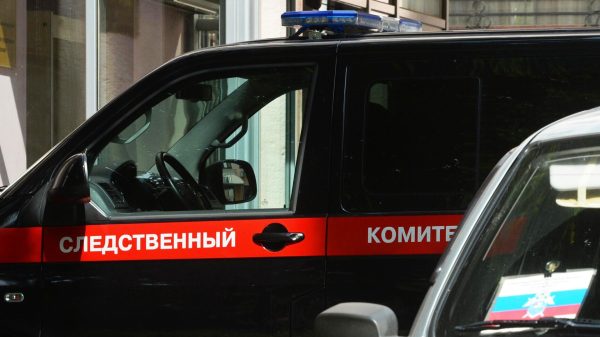


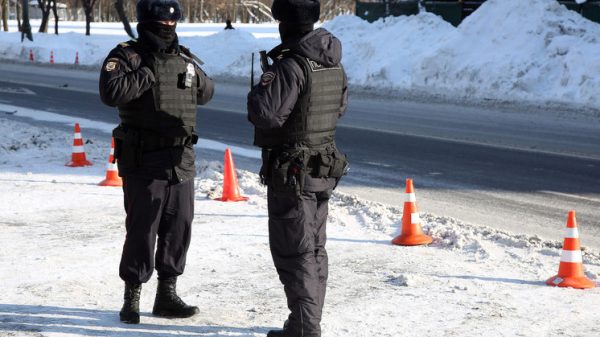

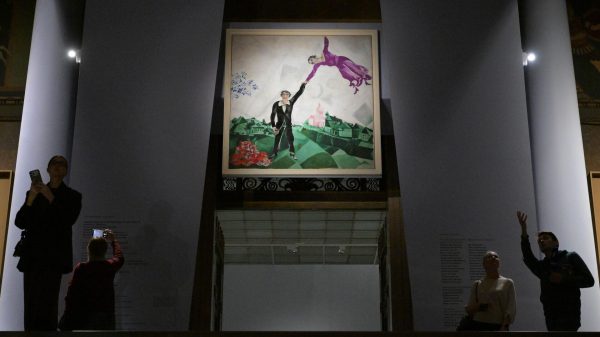




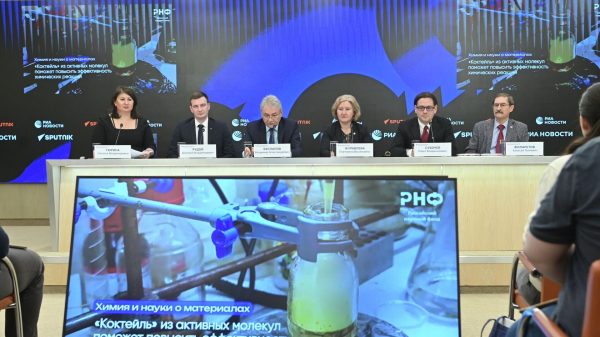
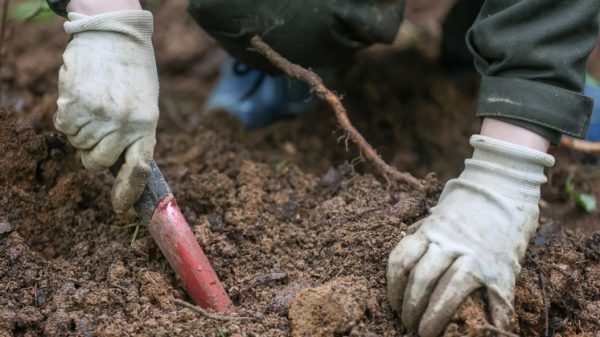


























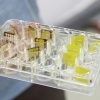


Свежие комментарии